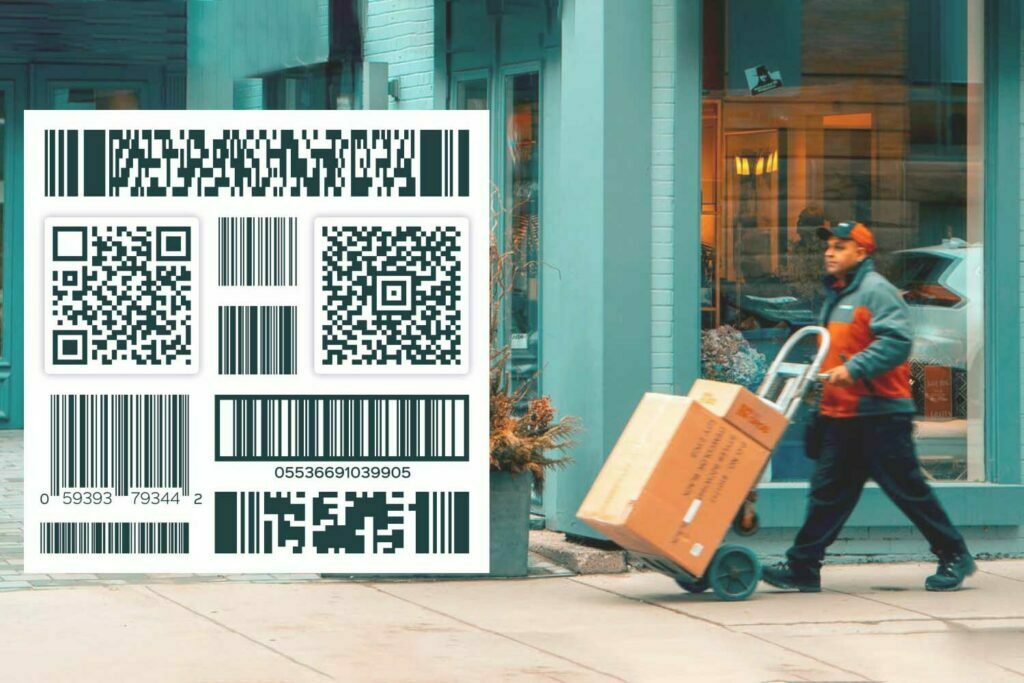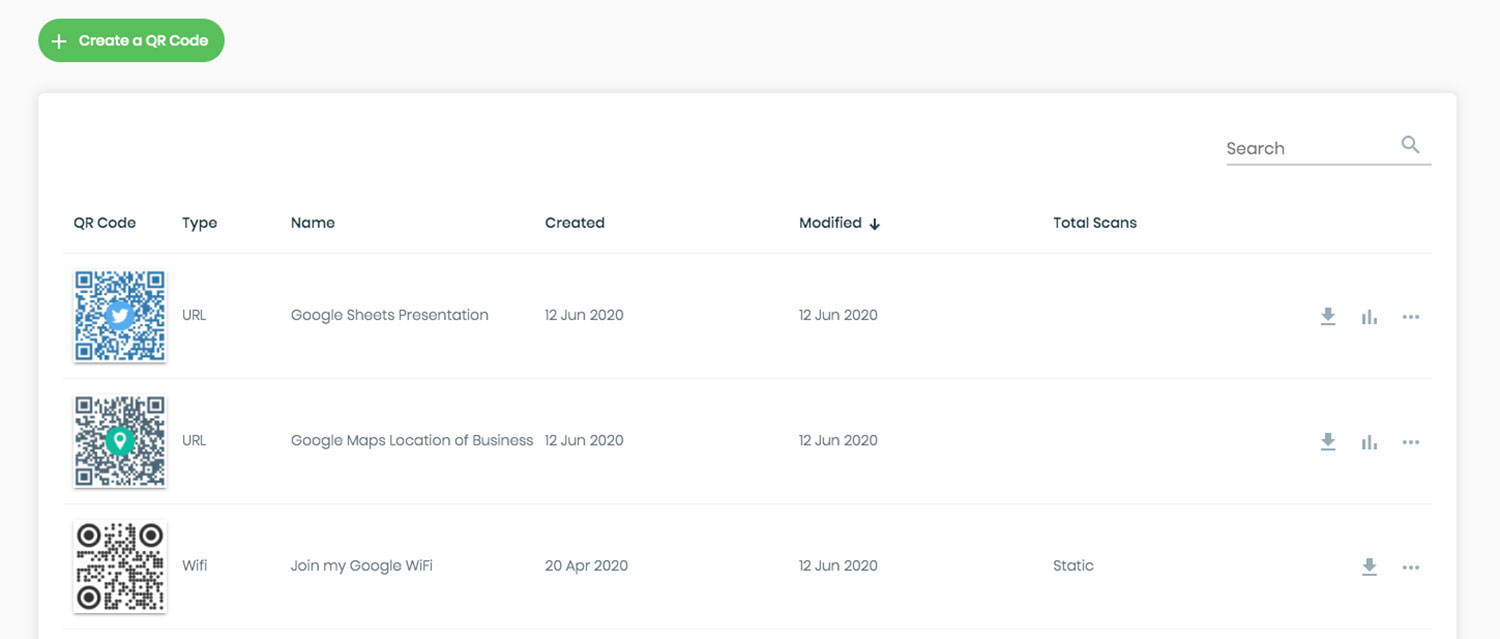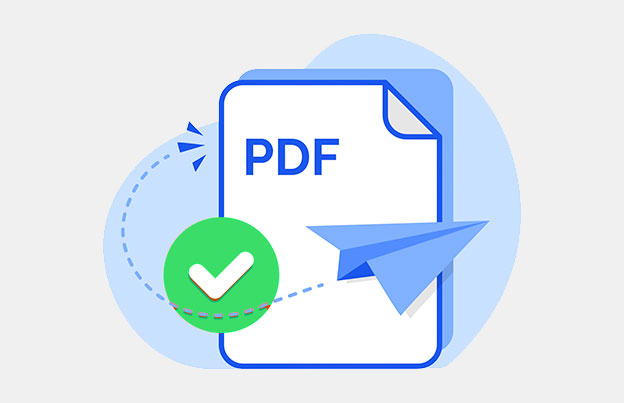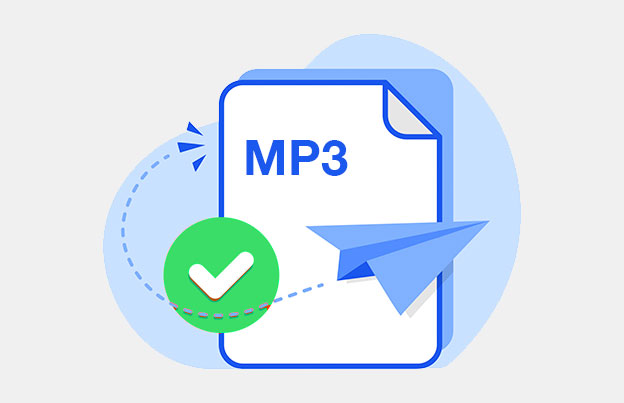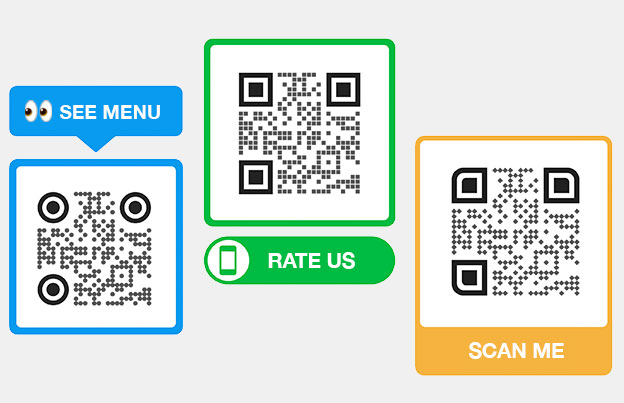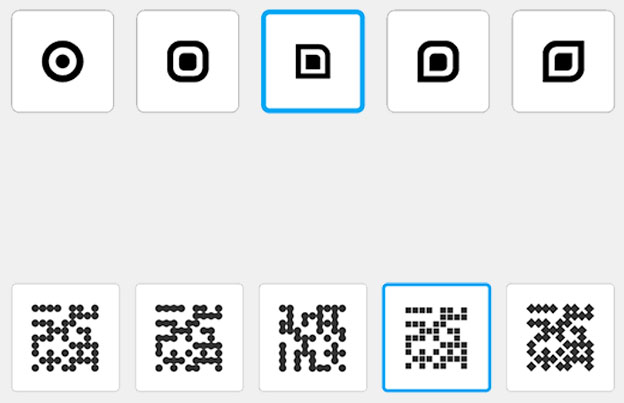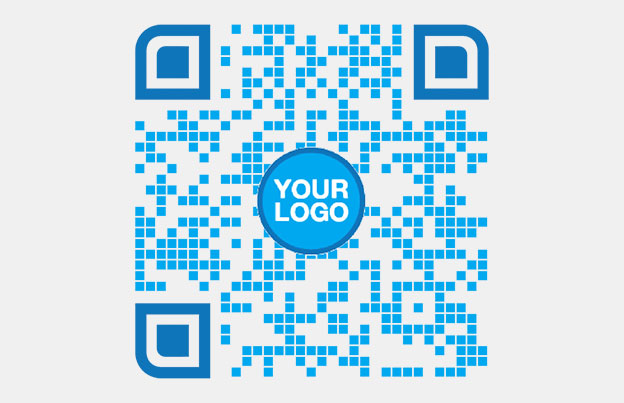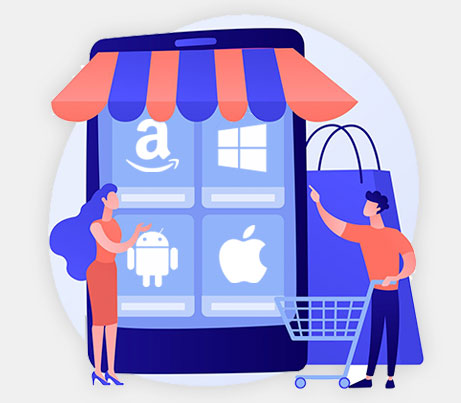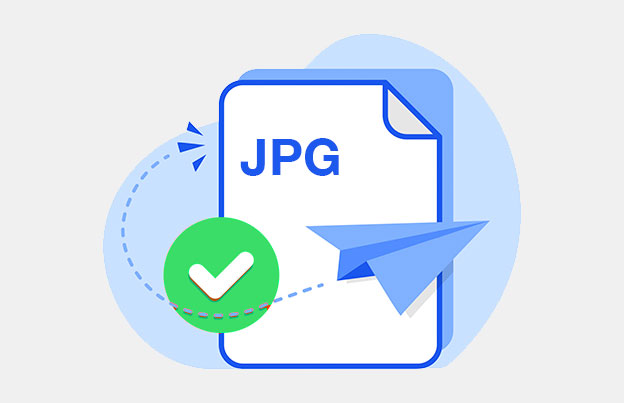Everyone loves museums right? Well, The American Alliance of Museums says they did have a great run in 2019, getting more than 850 million visitors that year. That means more than the sports events in the USA, for example. Museums are responsible for generating over $20 billion of revenue each year.
The last few years haven’t been so great, however, with the lockdowns and restrictions of the Covid-19 pandemic and coronavirus. Fortunately, many successful museums are turning to technology for help. They are using a QR Code maker to create a safer experience for visitors and also a more interactive fun learning experience.
You can see many museums like the Louvre, Guggenheim, and the Metropolitan Museum of Art – they are taking competitive advantage of this trend.
Why make QR Codes for museums?
Long story short, it not only makes it a more contact-free and safe experience – but also gives your visitors a more exciting experience by letting them learn more about everything that interests them.
Secondly, everyone has a smartphone in their pocket nowadays. People prefer using their own devices much more than those clunky old audioguides at the museum. Plus, this saves a ton of money and overhead for museums. All you need to do is provide them information about your museum maps, artists info, and what is relevant for your museum.
Lastly, you can increase sales and visitor counts by directing people to your online gift store or by sharing your content on social media.
How can museums use QR Codes?
Let’s look at a short overview of the different QR Code types – how museums and art exhibitions can benefit from using them:
- Interactive audio guide
- Museum map & tour
- Wifi QR Code
- Gift store QR Code
- Social media & events
- Covid-19 declaration forms
- Get visitor feedback
#1 Interactive audio guide
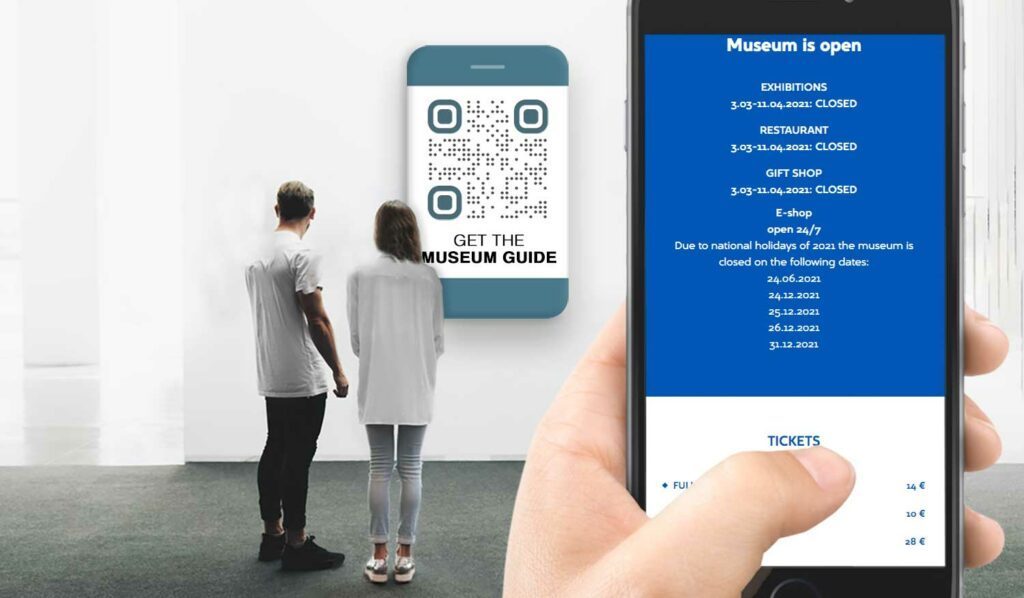
Letting visitors learn about the art pieces is one of the most important jobs for a museum. Small and elegant QR Codes in the corner offer a more direct experience, with less text to distract people.
The first thing that comes to most people’s minds when thinking about a museum, is those audioguides we get handed out. The problem with them is that they are quite boring and not interactive. Plus, it would cost a fortune to start handing out iPads to visitors that they can easily break.
Honestly, the big chunks of text on the walls are not exciting either and are a distraction for most people. Nobody has time to wait for a planned tour either, visitors like to move at their own pace.
Placing a Dynamic QR Code near each art piece that contains both audio and video references, is a lot more exciting nowadays. The upside is that QR Codes don’t take up a lot of space at all. They can actually be quite tiny and minimal in design. People have a really short attention span nowadays, and the museum industry is adapting to it.
#2 Museum map & tour
Digital maps are a lot more environmentally friendly. Try linking your museum map to a QR Code. This not only helps people navigate a lot more easily, but you will save on printing costs and paper waste.
Want to take it to the next level? Technology now enables us to create augmented reality experiences for museums. Think of it as a digital map, but a new one where people can look around through their smartphone and see 3D layers of a museum and art info on top of it. Isn’t that exciting?
Many museums are already taking advantage of this cool new technology, for example in New York, Singapore, and Ontario to name a few.
PRO Tip: This will definitely attract the younger generation to museums, who are looking for a more interactive and seamless experience.
#3 Wifi QR Code
While most visitors will have a smartphone with fast 4G or 5G internet nowadays, museums can often have really thick walls that block out the internet connection.
Creating a Wifi QR Code for your visitors will help them connect to your network so that they can use all the other QR Codes in a museum to learn more and ultimately spend more.
PRO tip: Did you know that you can collect visitors’ email addresses in exchange for logging into the Wifi network? That’s a free automated mailing list right there.
#4 Gift store QR Code
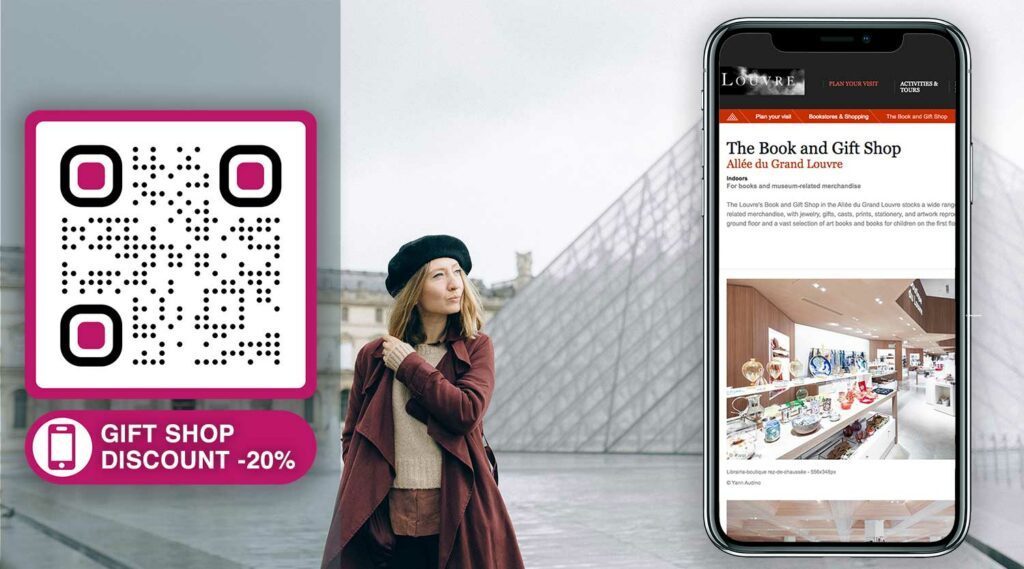
Say goodbye to long waiting lines and ineffective workers at a museum. Not only can visitors buy tickets in advance thanks to QR Codes, but they can also buy from your gift store online.
Ultimately, this means fewer people crowding up one place at the same time and a more efficient flow of visitors and income. Not sure how to make a QR Code? Take a look at our helpful guides for detailed instructions.
Try making a gift store QR Code today, by offering your visitors a discount.
#5 Social media and events
Many museums are turning towards social media to get more attention and potential visitors. What works even better is if your visitors are generating the content for you.
Give people a reason to share photos and videos of your museum with a social media QR Code. The main trick is to make it easy for them. Secondly, social media and events often go hand in hand. QR Codes can be linked to Facebook event pages, or to confirm the RSVP or arrival of visitors for special events.
Not sure about QR Codes? Try out the best QR Code generator for free, to see if this technology works for you.
#6 Covid-19 declaration forms
When regulations and lockdowns are tough, declaration forms are a must. Creating QR Codes for people to easily scan is essential. This means that you don’t need to hand out pens or paper. All information can be collected digitally and in a contact-free environment.
PRO Tip: Learn more about Covid-19 declaration forms.
#7 Get visitor feedback
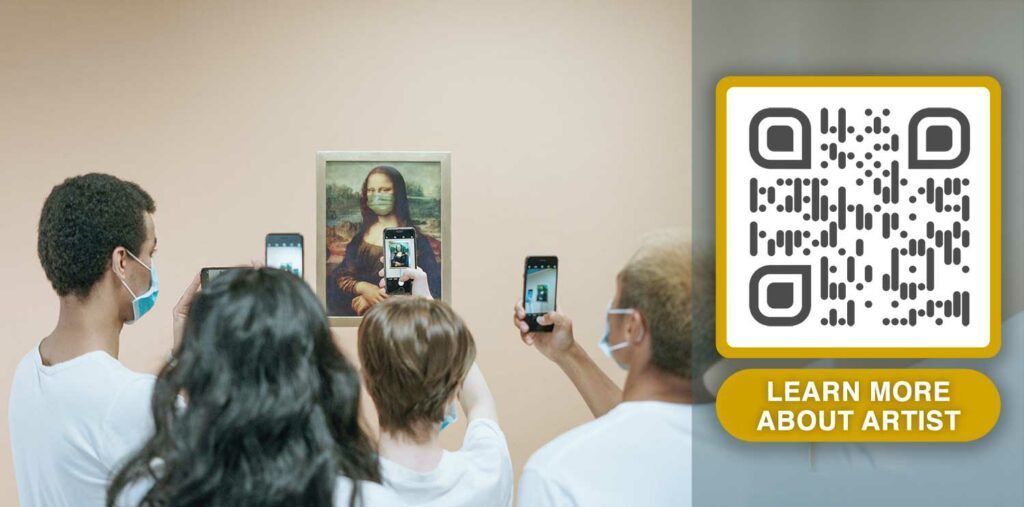
Last but not least, visitor feedback is essential for keeping a museum popular and loved.
Visitor feedback lets businesses improve things ahead of time, so they get less negative feedback and reviews. It’s not that visitors want to leave bad feedback, but they often will if there is not a better way to get their point across.
Establishments that are ready to make changes, will ultimately win more customers. Museum guests love it when their thoughts are appreciated and taken into consideration.
Please avoid those super long and boring surveys, but try making the experience fun by using Feedback QR Codes.
Are you ready to use museum QR Codes?
The bottom line is that using QR Codes is greatly improving customer experience everywhere, including museums.
Many museums across the world have already been using QR Codes for years and are reporting great results. Just check out The Children’s Museum of Indianapolis and their QR Code scan results. They are getting thousands of scans easily. These numbers will be going up as more people find it really easy to scan them.
Digital solutions are helping people appreciate art, while not being aware of the surroundings. It is all about putting the art first – everything else has to support that.
Frequently asked questions
A museum QR code is a digital code displayed in a museum, containing information about exhibits, artifacts, or interactive content.
Museums can use QR codes to enhance visitor experiences. They provide detailed information, multimedia guides, and interactive elements.
The cost of creating a museum QR code varies based on design and functionality. Basic QR codes are always free, while more complex solutions may need a subscription plan.
You can make a museum QR code for free using online QR code generator tools. Input your content, generate the code, and use it to enrich your museum displays.
To scan a museum QR code, you can use your smartphone’s camera or a QR code scanning app. Simply aim the camera at the code to access information.
Making QR codes for museums enhances visitor engagement by providing easy access to detailed information, videos, and interactive content.
The benefits of QR codes for museums include improved visitor engagement, enriched learning experiences, cost-effective information distribution, and easy updates to exhibits.





